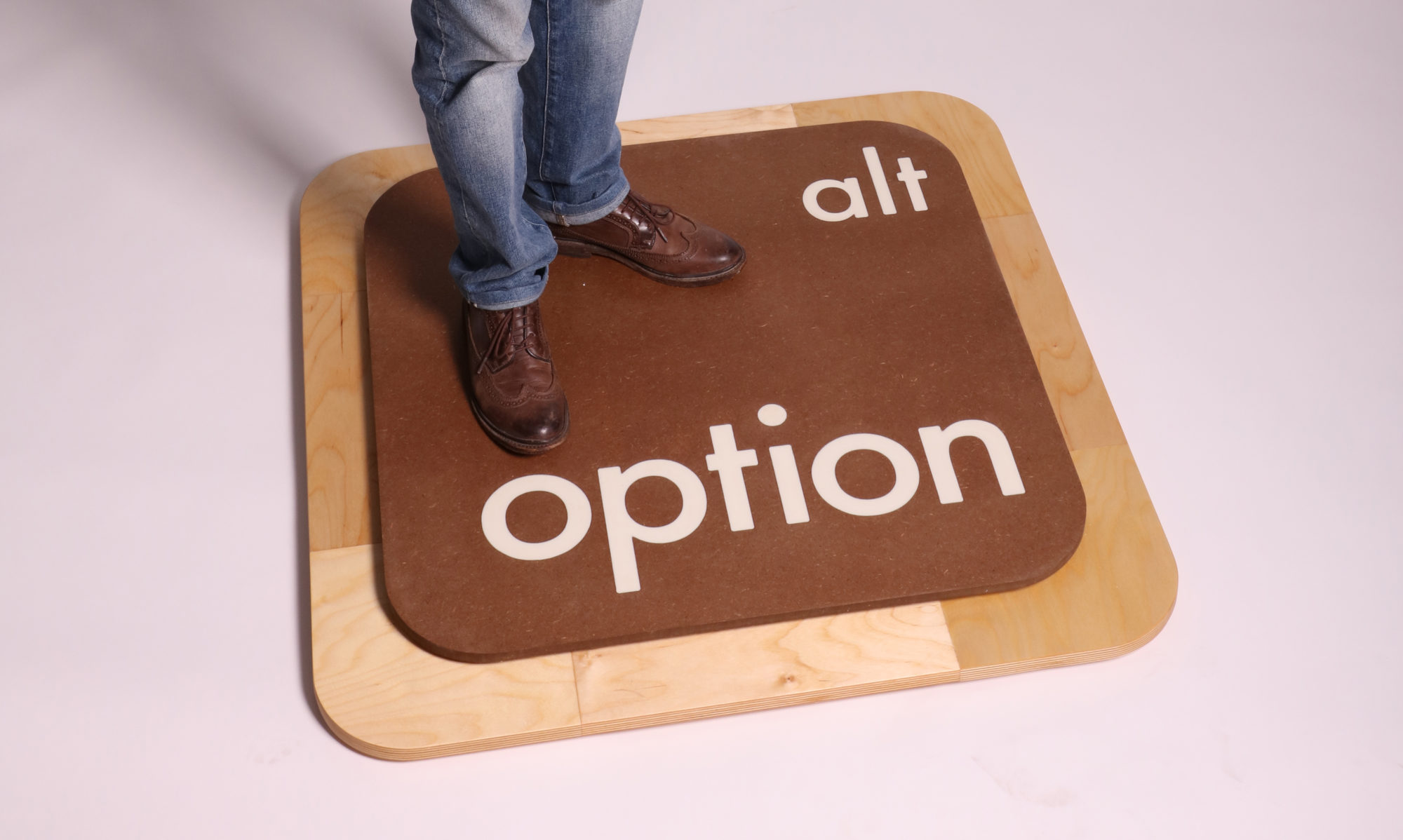Game Reflection:
Tokaido: Tokaido had an interesting premise of going on a journey and seeing and doing as much as your can before the end. While the game was not overly competitive, each of us playing still ended up slightly competing against one another as we started to reach the end of the game. Each of us also developed our own strategies on how to gain the most points, I ended up going for as many complete panoramas as I could get, this however did not lead to me having the most points. Overall the game was a relaxing and fun game that we still ended up bringing a competitive attitude towards.
5 Collaborative Game Ideas:
- Blind Trust is a collaborative game in which The Navigator, who gives simple directions, and The Saboteur, who gives wrong directions, with the goal of either guiding or misguiding the Blind Player to a destination by giving their directions.
- Card Flip is a memory/strategy game in which the players throw cards down onto the ground and try to determine what the last card in the deck is by analyzing the face up cards and knowing which could be left.
- Testers is a guessing game in which players must guess an object or edible item by blindly interacting with it and working together to guess the mystery object.
- Rock, Paper, Defense is a team game in which players must face the enemy team in games of Rock, Paper, Scissors with the goal of protecting their ‘base’ or destroying the enemy ‘base’ by beating each member of the enemy team three times and reaching their ‘base.’
- Circle of Letters is a memory game in which players gather in a circle around the main guesser and each of them take turns saying letters of the alphabet, the guesser must then guess what letter is not being said by carefully listening and determining the correct letter.
